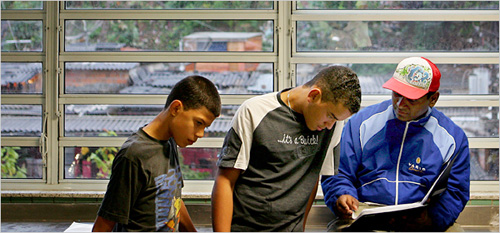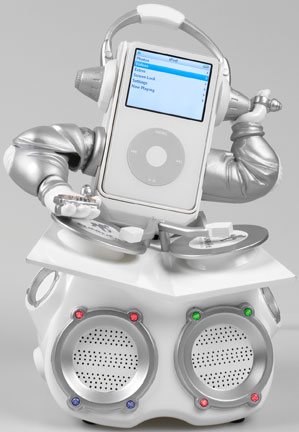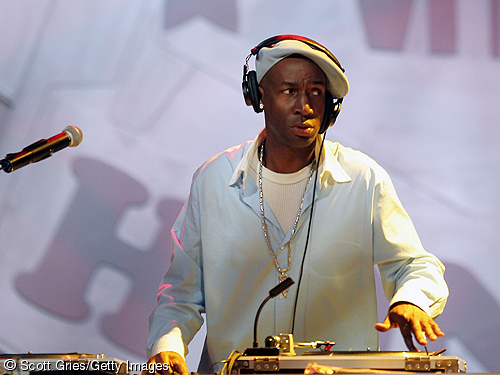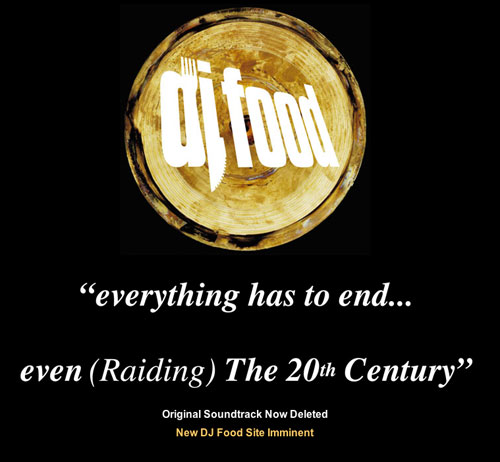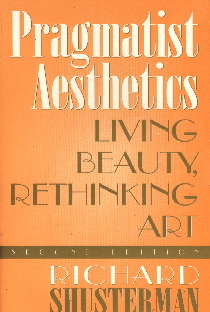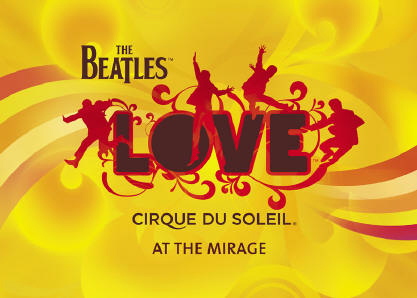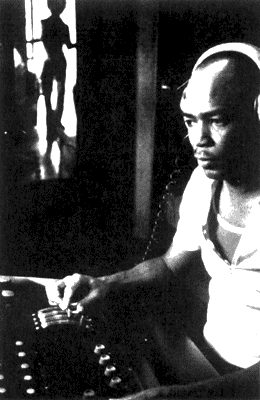History of the remix, reblog from TXU: The Real Talk on the Streets
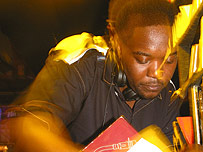
Image and text source: http://www.bbc.co.uk/1xtra/tx/
documentaries/remix.shtml
Date of publication, uncertain
1Xtra’s ‘Remix Kid’ Seani B uncovers the origins of remixing…
How has the art has changed over the years?
First developed by Jamaican reggae producers in the 1960s to create dub music, remixing was picked up by hip hop pioneers and disco DJs to develop new styles.
P Diddy is one the most famous remixers of all time – if that title is in your sights, listen up for Seani’s tips on how to put together your own remix track.
Who’s the remixer of the remixers? How has remixing blurred the boundaries between different musical genres in the UK?

